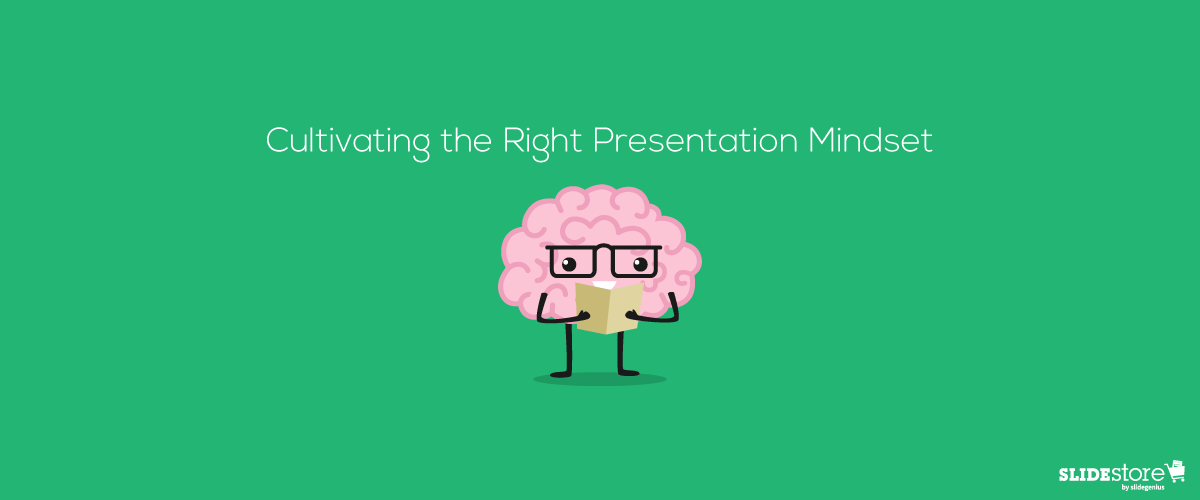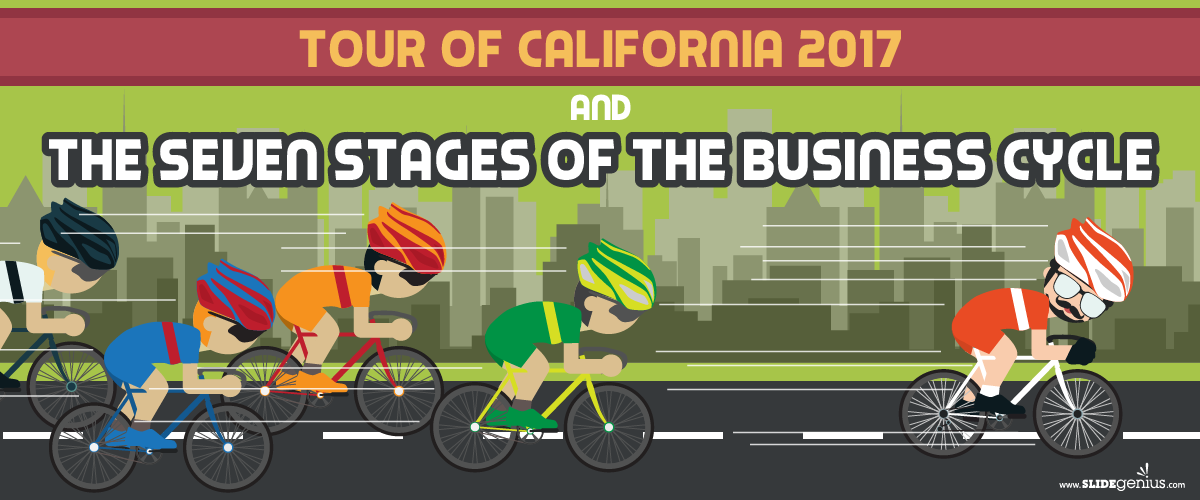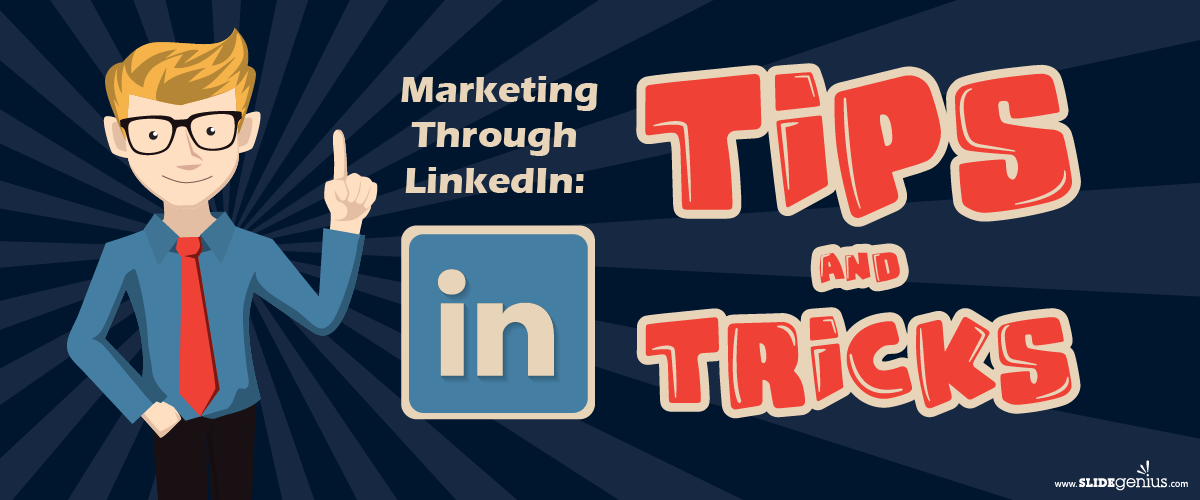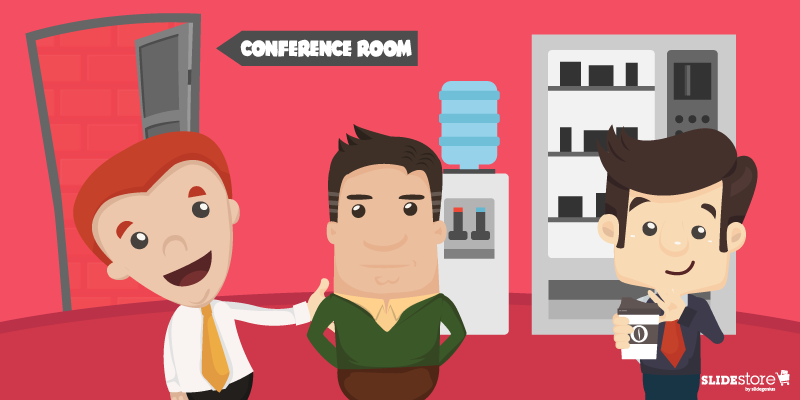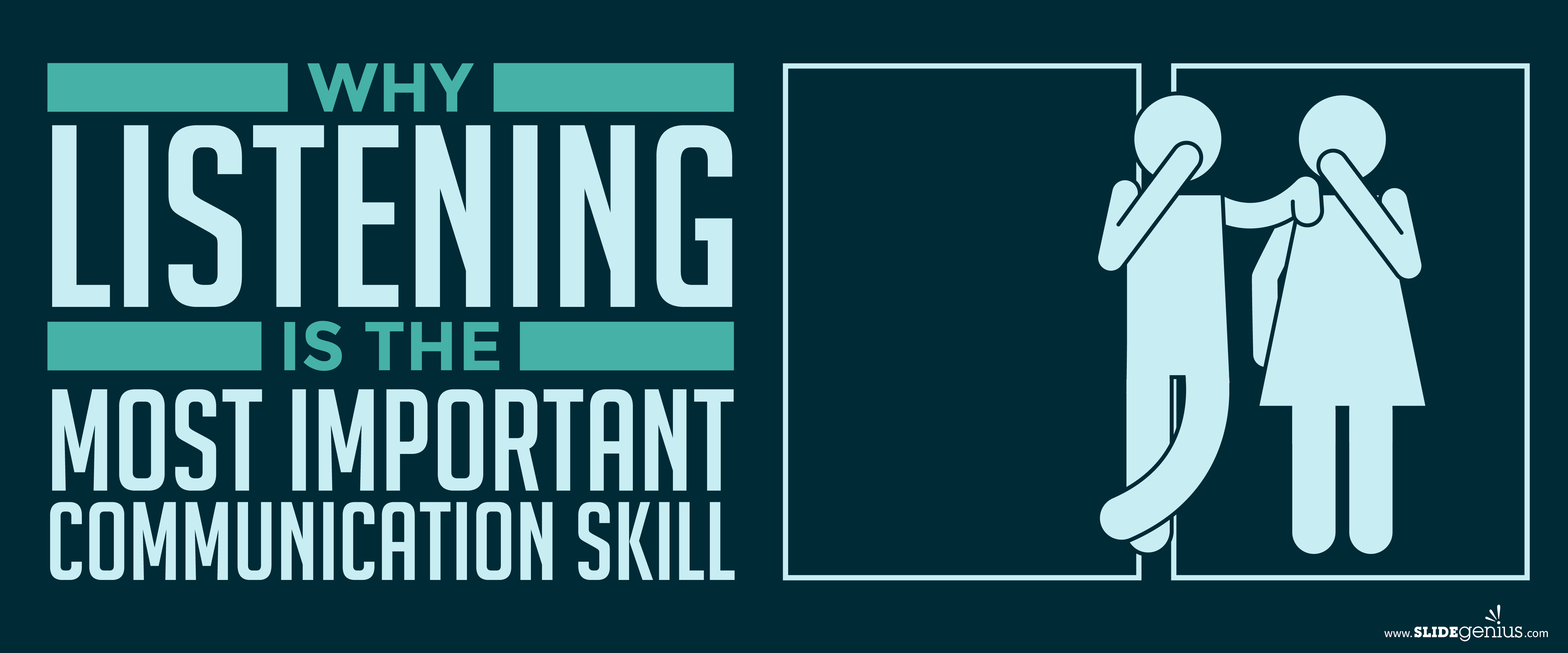
If you need to raise funds to jumpstart your construction company, you might need the help of a pitch presentation consultant to aid you in getting your target capital for your business.
Construction companies are a lucrative business, essential in building infrastructures. It is one of the fastest growing industries, doing their part to satisfy the housing demand. Apart from residential, there is also a demand for commercial construction as more businesses grow and require their very own office space.
If you are thinking of starting a construction company, here are a few things that can help you jumpstart your business.
Create a business plan
A business plan helps you determine the direction you want your business to take. It provides clarity and help you win over investors for your construction company.
Ask important questions like “Are you going to focus on remodeling or will you build a homes from the ground up?”

During this phase, you should also decide on your company’s structure. Are you going for a sole proprietorship? Or do you want a partner to help you with the company? Consult with your company’s attorney or accountant to determine which option would be best for your business.
Hire a professional PowerPoint service
Once you have polished your business plan and have a clear vision of your company, you will need capital to put all those plans into action. You may finance your business through several ways… you can go traditional and acquire the capital you need by tapping into your savings, applying for a bank loan or you can attract investors for your business.
Remember that investors are looking for businesses that have the potential for growth. This is where your business plan comes in. Back your ideas up with data and don’t forget to highlight your company’s story to set yourself apart from other startup construction companies.
If you want to increase your chances with investors, consider hiring a business presentation PowerPoint expert to help you create a first-class presentation. This gives you the extra push you need so you can open your dream construction company.
If you’re not sure how to make your own, don’t worry! You can have one made for you at affordable rates by clicking here.

Get legal
The next step in starting your company is to file the required documents to become a legal entity. Don’t forget to register your business, acquire the necessary documents (the name of your business, Tax ID number, etc.) and your business account.
Since the requirements needed vary from state to state, do not hesitate to inquire what papers are needed. Make sure you acquire all the needed licenses (business license, tradesman license) and permits before you operate your business.
Take note of the specific licenses that you will need. You will need to know the type of licenses that are required at the local, state and federal levels. If you’re unsure as to which Tax ID or licenses would be applicable to your company, it’s best to ask assistance from your attorney or a certified public accountant (CPA).
Part of the paperwork is getting your business and your employees insured. This protects you from liability and the interests of your employees.
If you already own construction equipment, it’s best to insure it so your business would not take a financial hit in case they get damaged. Check the insurance requirements for the state that you live in.
Set it up
Now that you’ve taken care of the paperwork, set up your company by acquiring tools and equipment. Construction equipment is expensive, but you can opt to lease them temporarily. If you can afford a few larger pieces, go for yard ramps and forklifts as they are a good investment for any construction firm.
As for laborers, you may source them by hiring employees, independent contractors, subcontractors or labor brokers.

Market it
Last but certainly not the least, start your online presence and connect with people to grow your professional network. Set up your website, make sure that all info is present and correct. This includes a short description of your company, services offered and contact details.
Set up your social media accounts and establish a network in the construction industry. Market your company online by churning out relevant content, promos and connecting with people.
To aid your marketing campaign, you can opt to create a PowerPoint presentation to help communicate your plans, whether in product management, promotions and advertisement of products. They can also help you show how you plan to price your services and merchandise.
Feel free to check out our PowerPoint Templates here—or give us a call should you need a business pitch presentation consultant!











